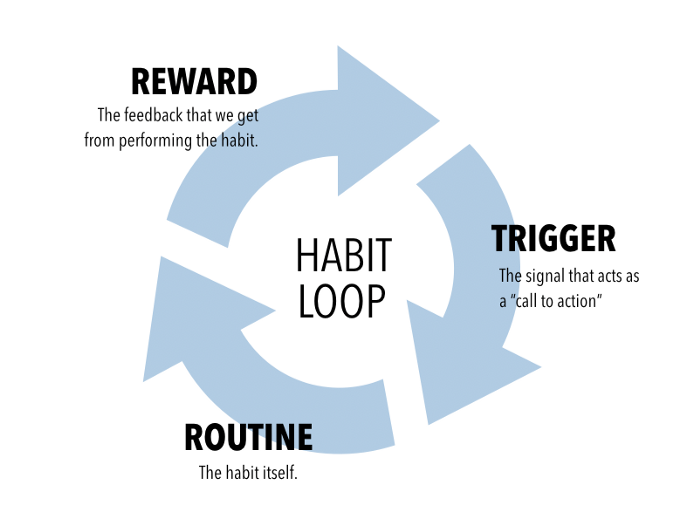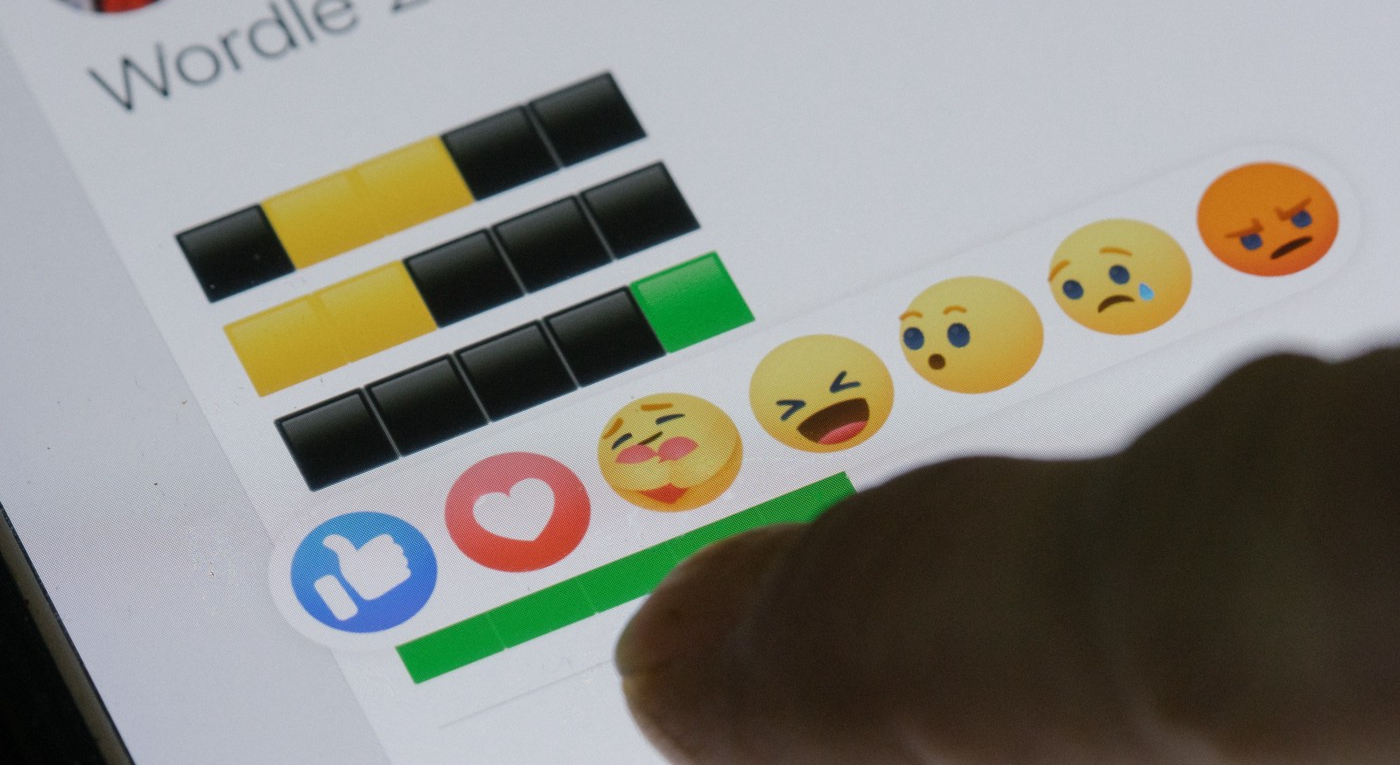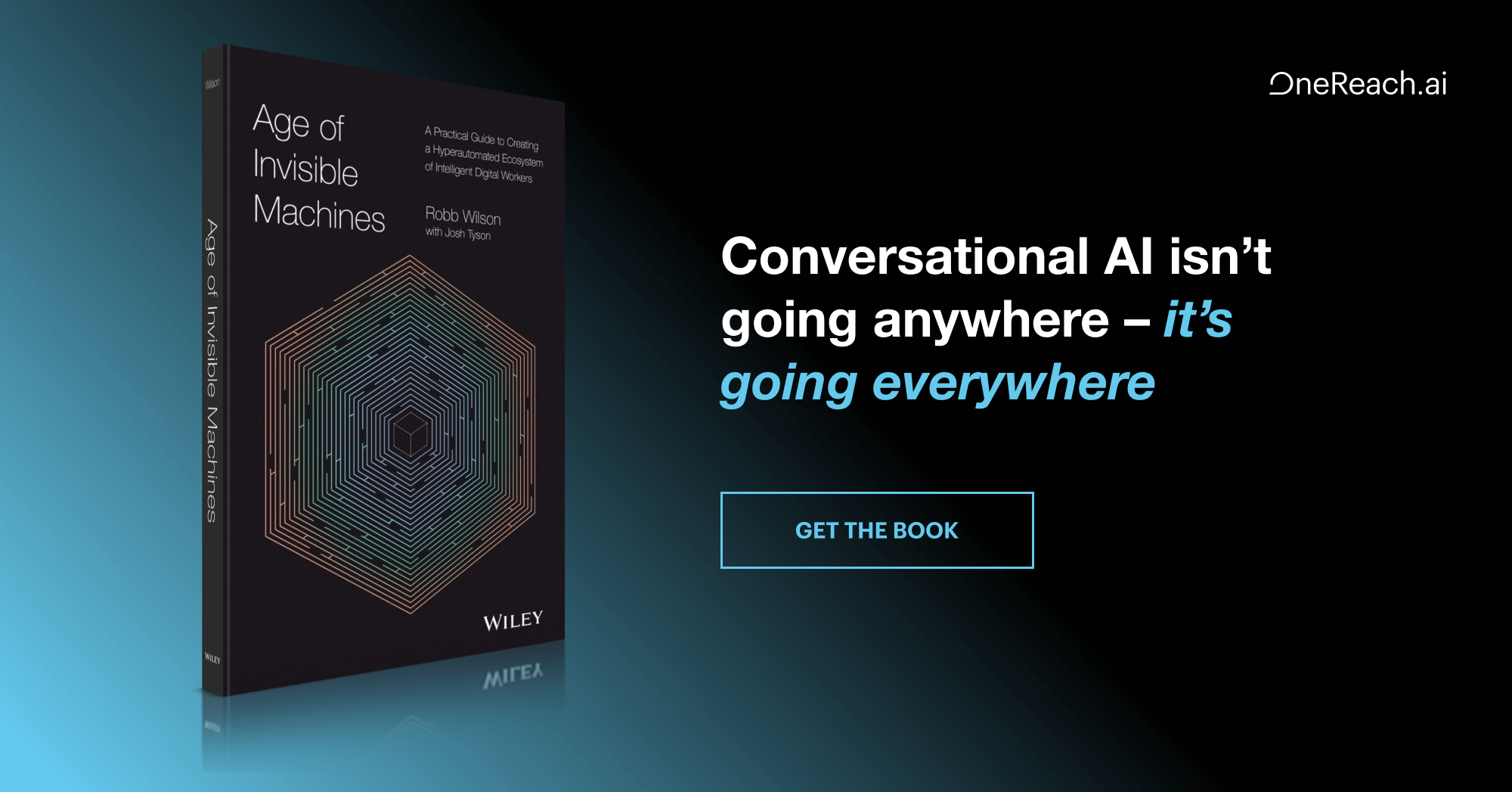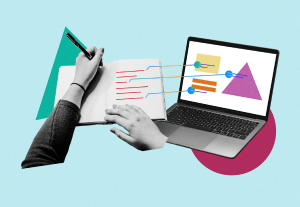It started a few weeks ago. Tiny, colorful squares started popping up on my Twitter feed.

At first, I only saw one or two. But this week, almost my entire feed became a series of tiny yellow, green, and grey boxes.

Ladies and gentlemen — we have reached peak Wordle.
People can’t stop playing. But what is it that makes Wordle so addicting?
Turns out, there are some fascinating psychology and behavioral science principles behind the rise of this simple word puzzle— whether the inventors know it or not.
1. Wordle uses Scarcity to stand out
Wordle only offers one game a day. Players complete a single puzzle and that’s it — win or lose. Wordle doesn’t offer the never-ending dopamine rush of a Candy Crush or Bejewelled, and that’s what gives it power.
The time between games gives people a chance to pause. Players chat about that day’s game with family and friends, research first word strategies, or commiserate on the difficulty of today’s puzzle. And this pause makes people start to crave the game.
Why does having fewer Wordles available make people want to play it more?
It’s all down to a psychology principle called Scarcity.
What is Scarcity?
This principle says when people know something is in limited supply, they want it even more.
Without this use of Scarcity, Wordle wouldn’t have been as addicting, and probably not as popular as it is today.
2. When you share a Wordle, people notice
Colorful Wordle results are all over social media. Their visual language is unique, intriguing, and eye-catching. It feels like those green, grey, and yellow boxes tell an epic story, contained in a sequence of tiny squares.
The visual language of Wordle also makes it extremely meme-able. It’s easy for people to take the visual language and repackage it in different ways, like so:

But why is Wordle’s visual language more appealing than just sharing a pure text update like:
“Today’s Wordle results — fives greens in four moves.”
It’s down to a psychology principle called the Picture Superiority Effect.
What is the Picture Superiority Effect?
This principle says that people remember and understand images better than words.
So not only are Wordle results easy to understand and remember — they also convey an emotional journey that could take hundreds of words to describe, in one small picture.
3. Sharing makes it easy to go viral
Behavioral scientists have found that making an activity social is key in getting people to do it. From quitting smoking to riding a Peloton, having ways to share results, connect with friends, and show off your progress makes creating a new habit easier.

Wordle makes sharing your results across social media incredibly easy. As soon as you’re done, a “share” button is just begging for you to blast your anonymized results across cyberspace.

4. How Wordle creates a habit
Wordle’s design makes it easy to create an enjoyable addiction. But what are the mechanics of creating this habit?
The answer lies in a model discovered by MIT researchers. The “Habit Loop” describes the basic structure behind every habit:
- The trigger
- The routine
- The reward

What is Wordle’s Habit Loop?
1. Trigger:
There are a few triggers that get people to start playing:
- Stacking: It’s easy to remember to log on and play, because each new game is paired to a new day. The alarm goes off, you reach for your phone, and wake up your brain with Wordle.
In behavioral science, the strategy of pairing a new habit with an activity that’s already a part of your existing routine is called stacking. And many Wordle players are naturally using stacking, knowingly or not.
- Social Pressure: You’re reminded to pick up today’s Wordle every time you log onto social media, since lots of other players have shared their eye-catching results.
Not only are these posts a good reminder, they also create a social norm — a shared standard of acceptable behavior in a group. In other words, seeing everyone talking about today’s Wordle pressures you to complete it so you won’t get left out.
2. Routine:
Two of the most attractive things about Wordle are how easy it is to learn, and how quick it is to play. A game can take as little as three to five minutes to complete.
With no big time investment, it’s easy to make it a habit.
3. Reward:
- Variable Rewards: Wordle has unexpected, or variable, rewards throughout the game in the form of green squares. Whenever you get a letter correctly, in the right place, it turns green. These little dopamine hits keep you playing.
- Streaks: Wordle uses a streak mechanic to keep people playing day after day. Streaks are proven to increase daily active users in apps like Duolingo and adherence to healthy habits like working out.

The Bottom Line
Wordle has become a sensation in record time. And sure, some of its success is due to timing and luck. But it would have never become as popular as it is without psychology and behavioral science principles at work in the game.
Originally published in Choice Hacking








